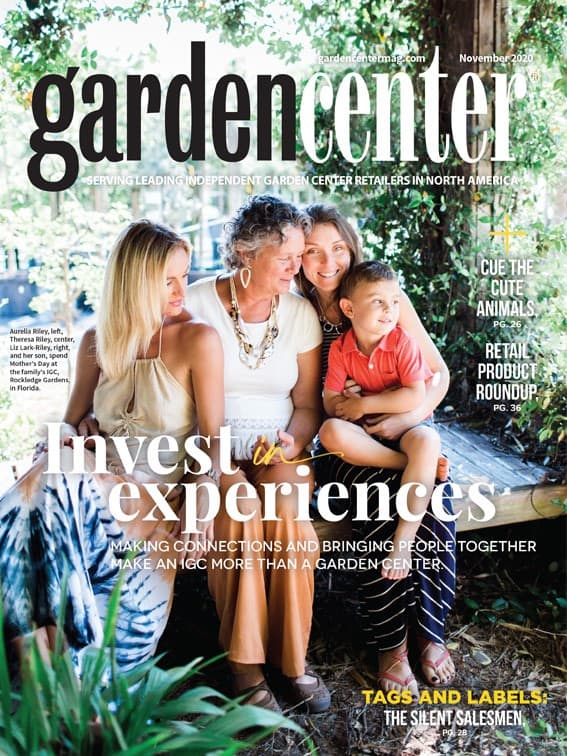

COMPUTER AND HOUSEPLANT ART © KETMUT; VICTORY GARDEN ART © HAPPYPICTURES; ICONS: ADOBE STOCK

Explore the November 2020 Issue
Check out more from this issue and find your next story to read.
Latest from Garden Center
- Star Roses and Plants launches redesigned website
- Weekend Reading 10/18/24
- Star Roses and Plants wins awards from 2025 American Garden Rose Selections testing program
- High Country Gardens sponsors International Hummingbird Society debut program
- Proven Winners announces new director of product development
- Floral associations push Congress for cost-saving measure
- American Horticultural Society unveils $5 million endowment at River Farm gala
- PHS announces 2025 PHS Philadelphia Flower Show theme: 'Gardens of Tomorrow'





